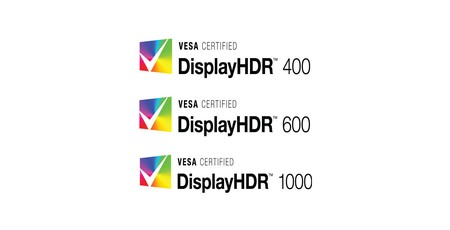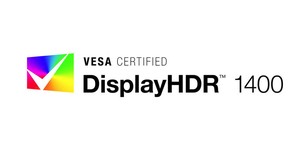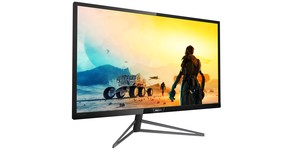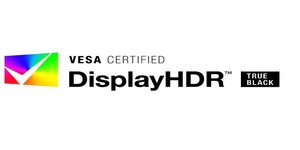
The Video Electronics Standards Association (VESA) has unveiled DisplayHDR, a new certification standard which aims to codify the quality of high dynamic range (HDR) displays through one of three tiers: DisplayHDR 400, 600, and 1000 - numbered for their brightness in nits.
Designed with a focus on liquid crystal PC and laptop displays, the DisplayHDR standard - more properly called the VESA High-Performance Monitor and Display Compliance Test Specification (DisplayHDR), a somewhat lengthy moniker - aims to assist buyers in figuring out which of a bunch of otherwise identical-seeming displays offers the maximum image quality when used with a high dynamic range (HDR) video source.
The standard will see successful testing result in one of three certification levels, each with their own badges to display in product literature and packaging: DisplayHDR 400, 600, and 1000, corresponding to baseline, mid-range, and high-end quality respectively and numbered for the tested display's peak brightness in nits. Each display is also rated on 'eight specific parameter requirements and associated tests,' including but not limited to three peak luminance tests for spot, flash, and high-ambient scenarios, two contrast measurement tests for native contrast and localised dimming, BT.709 and DCI-P3 colour gamut testing, HDR response performance test for gaming and other rapid action scenes, and minimum bit depth requirements starting at a true eight-bit level - up from the typical six-bit-dithered-to-a-simulated-eight of many standard displays.
'We selected 400 nits as the DisplayHDR specification's entry point for three key reasons,' claims Intel's Roland Wooster, chair of the VESA task group responsible for DisplayHDR. 'First, 400 nits is 50 percent brighter than typical SDR laptop displays. Second, the bit depth requirement is true 8-bit, whereas the vast majority of SDR panels are only 6-bit with dithering to simulate 8-bit video. Finally, the DisplayHDR 400 spec requires HDR-10 support and global dimming at a minimum. With this tiered specification, ranging from baseline to high-end HDR performance levels, PC makers will finally have consistent, measurable HDR performance parameters. Also, when buying a new PC, consumers will be able to view an HDR rating number that is meaningful and will reflect actual performance.'
'Developing this specification is a natural expansion of our range of video standards,' adds Bill Lempesis, VESA executive director. 'Moreover, we are the first standards body to develop a publicly available test tool for HDR qualification, utilising a methodology for the above-mentioned tests that end users can apply without having to invest in costly lab hardware. Most of the tests require only a colorimeter, which many users already own. Ease of testing was a must-have requirement in order to make DisplayHDR a truly viable, consumer-friendly spec.'
Full information on the specification, which is open to non-members, is available from the official website, though the promised testing tool will not be released until early 2018.

MSI MPG Velox 100R Chassis Review
October 14 2021 | 15:04








Want to comment? Please log in.